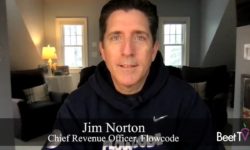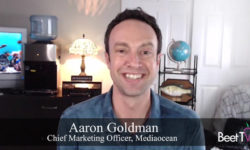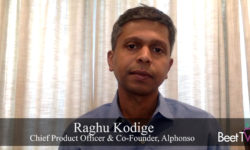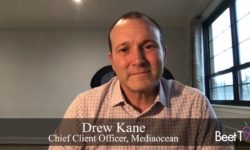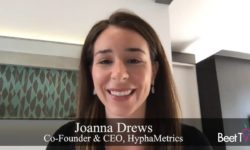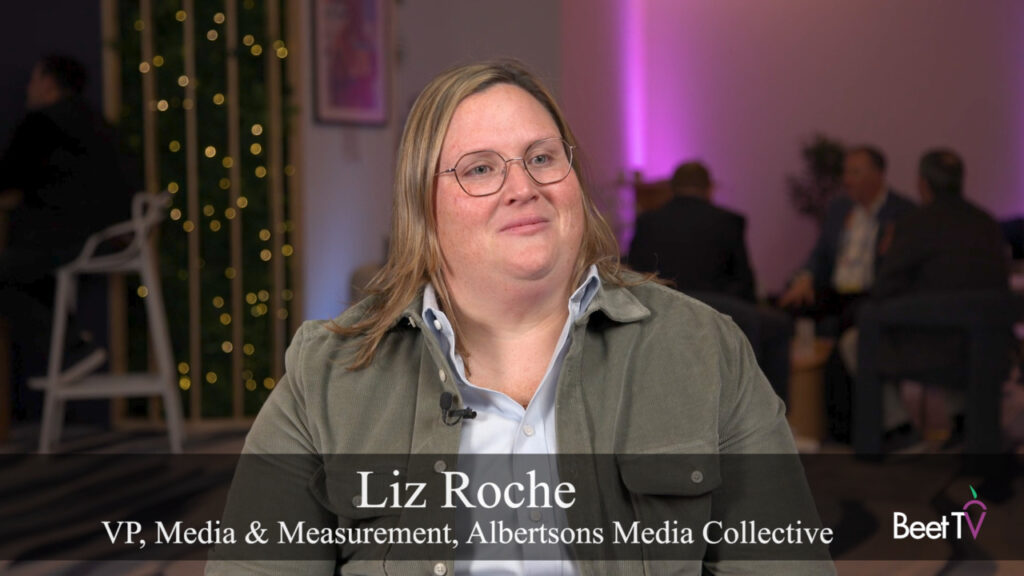The relationship between programmers and advertisers has been closer than ever in recent times given the shifting viewing trends that have occurred. In this Beet.TV interview, Sean Cunningham, president and CEO of television trade association VAB, explains how this has led to advertisers finding their target audiences in unexpected ways.
According to a study by iSpot.tv, nearly 26% more brands, accounting for 1,247 more, are advertising on TV today in comparison to a year ago. According to an AdAge article on these findings, this spike could be from two main factors. The first being the disappearance of high-priced live-sports ad inventory, which has left networks with far more lower-priced inventory that’s affordable to a wider range of marketers. Secondly, networks have been working even since before the pandemic to expand accessibility to a wide range of marketers that competes with digital advertising packages from companies like Google and Facebook. This has been appealing to smaller brands.
VAB is noticing similar trends. Their close, six-week look has shown that there’s a surge across all demographics. While there is about a 20% uptick in viewing, there are different trends emerging. For example, teen viewing is up 35%, with a huge uptick in marketing opportunities coming in the middle of the day.
“You’re seeing a lot of pieces of unprecedented market physics where you’ve got audiences in scale that are connected and connected on multi screens and connected for multi hours during the day,” Cunningham says.
This has led to a redistribution of audiences, and genre and demographic boundaries have been broken. Marketers are taking advantage of these new trends of viewing in the age of COVID-19. With extra viewers and new viewing trends has come an increased measurement of scales of consumers.
Programmers are in constant conversation with their slate of advertisers because so many needed to redistribute their plans to address the inventory change. With sports programming and other tentpole live programming events being canceled, programmers are working hard to respond to the needs of advertisers, which has led to many firsts and changes of format within the industry.
“That has to do with the ability to truly partner with the advertisers to understand what these unique challenges are, help them do the type of messaging they need to do, get to the types of audiences they want to get to, and in doing that, you put new pages in the playbook.” Cunningham says.
One of the positives of this increased communication between programmers and advertisers is that it has reaffirmed the need for a large bulk-buying market that is driven by an advertisers needs. This may be remembered as a very different type of Upfront, but it is still based on something scalable, and a large scale at that.
“I think at the end of the day, clear-headed marketers and their great partners are finding a way to find how we make sure everyone can thrive through the new normal and then into something that is more like previous conditions.” Cunningham says.







